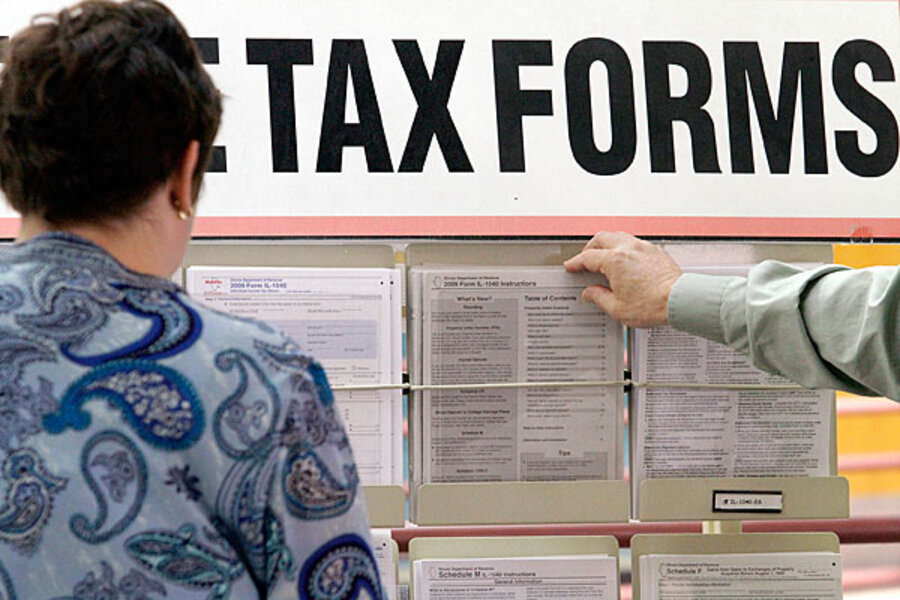Where's my Refund? glitch: When will it be fixed?
Loading...
Your check might be in the mail. We just don't know for sure.
That's the message the Internal Revenue Service is sending out after a computer glitch sidelined a "Where's My Refund" feature on the tax agency's website.
The IRS pledges that the tool, a quick way for tax filers to check the status of their refund, will be working again within days.
But for now, some taxpayers have been confused when, after filing their return electronically and receiving an acknowledgement from the IRS, the tax agency's own tool for tracking the refund says it has no information about the return.
The IRS says that, despite the computer glitch, the "vast majority" of refunds themselves are still being processed within the typical time frame, whether people are expecting them to arrive in the mail or by the faster method of electronic deposit. Most commonly, income-tax payers who file electronically can get a refund by direct deposit within 10 to 21 days of hitting "send" on their return.
For now, just don't expect the agency's online tracking tool to give you an estimated time of arrival.
"This is a temporary situation, and we expect to resolve the matter in a few days," the IRS said in a message that online users will see when they click "Where's My Refund" (the tool is found on the IRS website's homepage).
Processing millions of tax returns quickly and accurately, and doing so while trying to maintain security of the federal databases, is no easy task. The snag with the refund tool is the latest reminder of that.
"The IRS is taking steps to update information so that Where's My Refund has current information," the agency said in its online message. "The IRS apologizes for any inconvenience and will provide updated information as soon as possible."
The computer problem is making news headlines, coincidentally, just as the IRS has released an annual list of computer scams – from outside the IRS – that taxpayers should be wary of.
In some cases, tax officials are reminding Americans not to try to cheat the US Treasury out of money that is owed, such as by making "frivolous" (and illegal) arguments when filing your return.
But the IRS is also reminding taxpayers to watch out for scammers poaching for victims, especially during tax-filing season.
Two examples:
1. "Phishing." This is a method of identity theft in which an unsolicited e-mail or a fake website lures people to provide personal and financial information. The IRS repeatedly puts the word out that it will never initiate contact with taxpayers by e-mail to request personal or financial information.
"If you receive an unsolicited email that appears to be from either the IRS or an organization closely linked to the IRS, such as the Electronic Federal Tax Payment System (EFTPS), report it by sending it to phishing@irs.gov," the agency says.
2. "Free money" scams. "Flyers and advertisements for free money from the IRS, suggesting that the taxpayer can file a tax return with little or no documentation, have been appearing in community churches around the country," the IRS says. These schemes, in which victims pay money to purveyors of false hopes, can spread by word of mouth as unsuspecting people tell friends or relatives.







